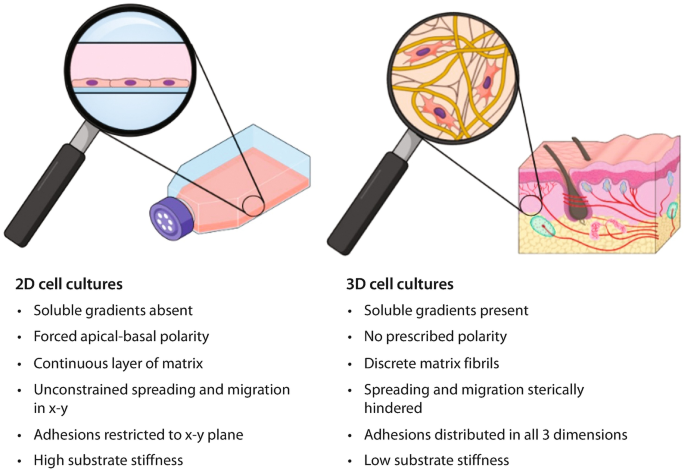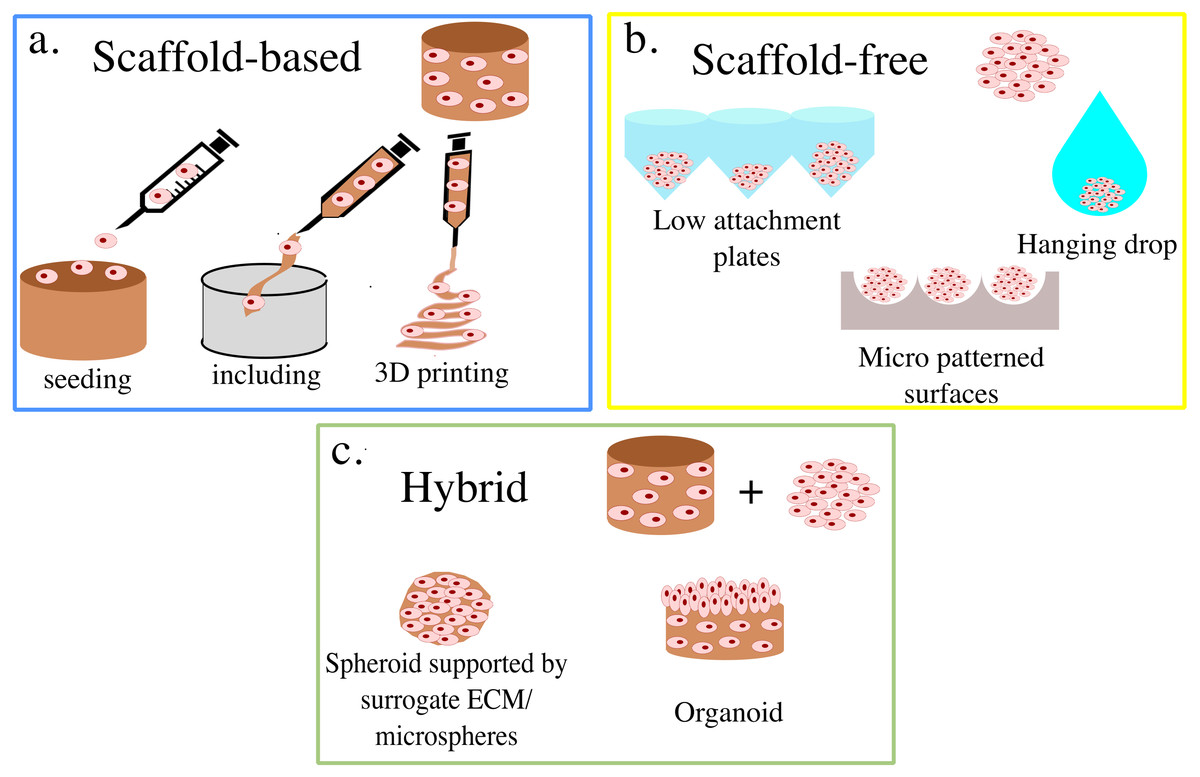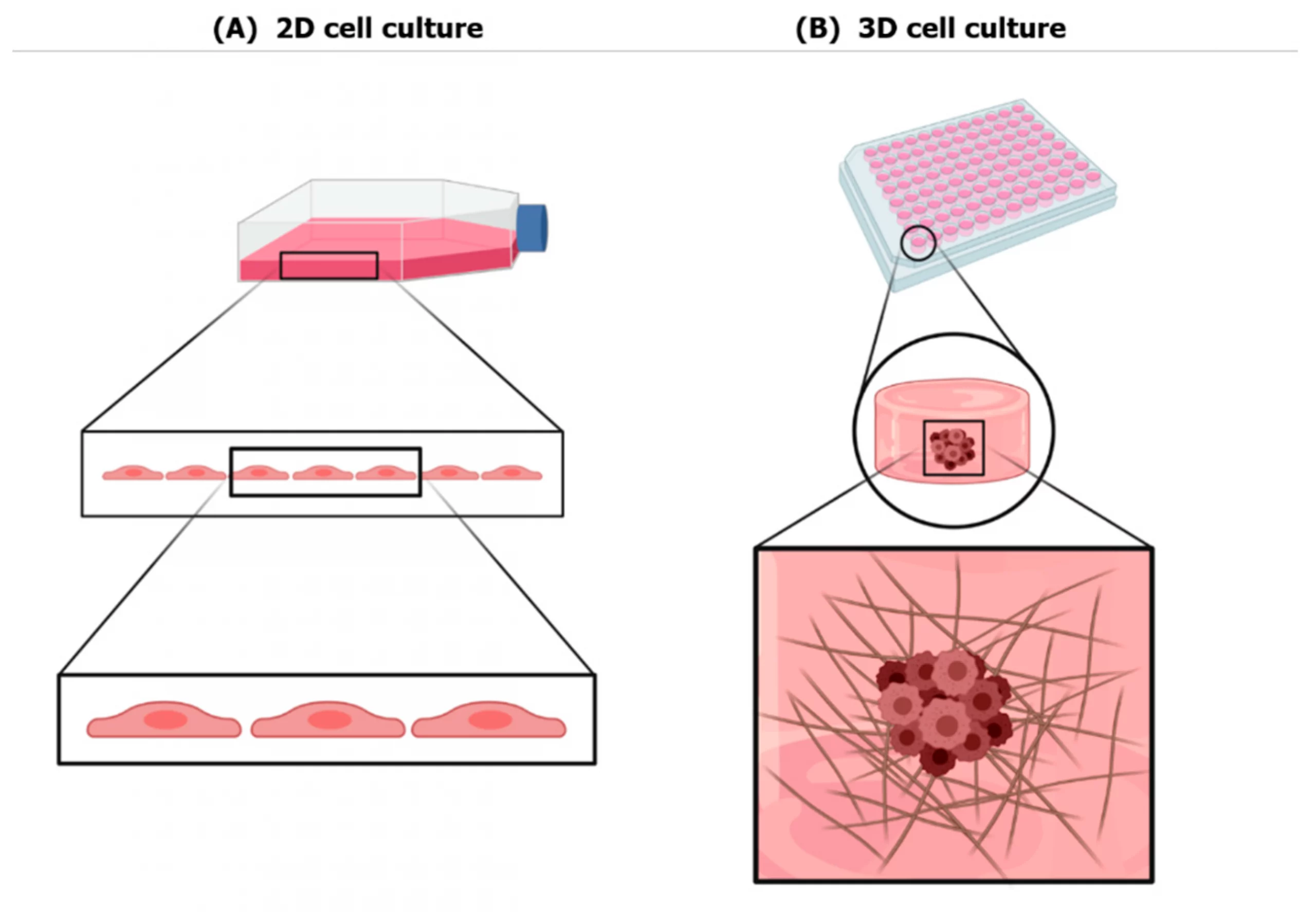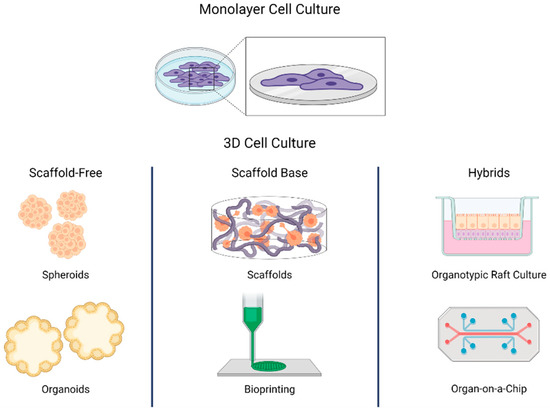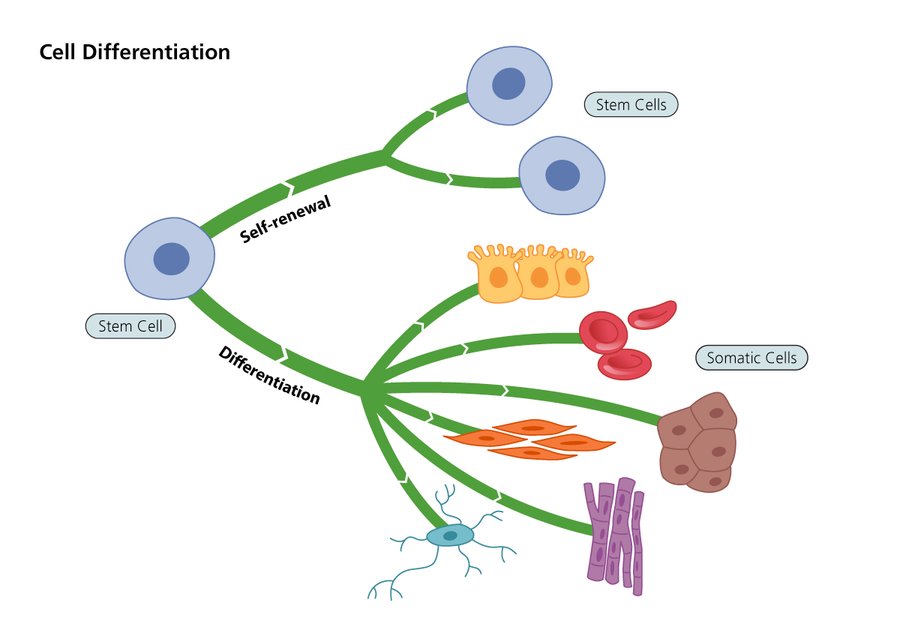Is It The Right Time to Advance from 2D – 3D Cell Culture
Since the early 1900s, the two-dimensional (2D) cell culture method is used to culture cells and grow them in favorable artificial conditions (1) thereby playing a vital role in biomedical research (2). In line with the limitations of 2D cell
How Entering the Third Dimension of Cell Culture is Transforming Biological Research
Cell-based assays are one of the important pillars of the drug discovery process to provide a simple, fast, and cost-effective tool to avoid cost-intensive animal testing. To date, the traditional two-dimensional (2D) cell monolayers are the preferred method to culture
The Superiority of Three-Dimensional over Two-Dimensional Cell Culture in Tumor Research
Three-dimensional (3D) cell culture technology has become one of the main focuses of tumor cell biology, using its various methods and materials to mimic the in vivo microenvironment of tumor cells cultured ex vivo. 3D culture techniques promise to be
Three-dimensional Cell Culture: A Look into the Future
Two-dimensional (2D) cell cultures have been used by researchers since the early 1900s, but we are well aware of how growing cells on planar surfaces has some drawbacks. Cells grown in vitro in 2D space don’t behave like cells found
Magnetic-Based 3D Cell Culture
Pre-clinical cell-based assays have become a crucial tool in the advancement of biomedical and pharmaceutical studies, particularly in developing diagnostic tools, drug discovery, pathophysiological research, and regenerative medicine. Cell based assays allow for reduced use of expensive animal models and
Stem cells – a new tool to investigate rare diseases
Stem cells have the capacity to self-renew to produce additional stem cells by process of mitosis. They can be classified as multipotent (ability to give rise to multiple cells within a lineage), pluripotent (ability to give rise to cell types
Cancer spheroids in drug screening
Spheroids are three-dimensional structures that can be used as 3D cell culture models. It has been extensively shown that they mimic both architectural and structural property of human tissues. Spheroids play an increasingly crucial role in the context of drug
Embryonic stem cells as tools for investigating human development
Human embryonic stem cells (hESCs) are pluripotent stem cells derived from the inner cell mass of human embryos in the blastocysts stage of development. They show an unlimited capacity to self-renew in culture systems both in vivo and in vitro.
Ribonucleic acid – An essential intermediate
Ribonucleic acid (RNA) is a nucleic acid that can be found in all living cells and has structural similarities to DNA. Unlike DNA, RNA is single-stranded. An RNA molecule has a backbone made of alternating phosphate group and the sugar
Introducing nucleic acids – Transfection of eukaryotic cells
Transfection is a widely used technique to introduce foreign nucleic acids into eukaryotic cells. It is an essential tool enabling studies on gene function and gene products in cells. Advances in research techniques have enabled the transfection of various types


